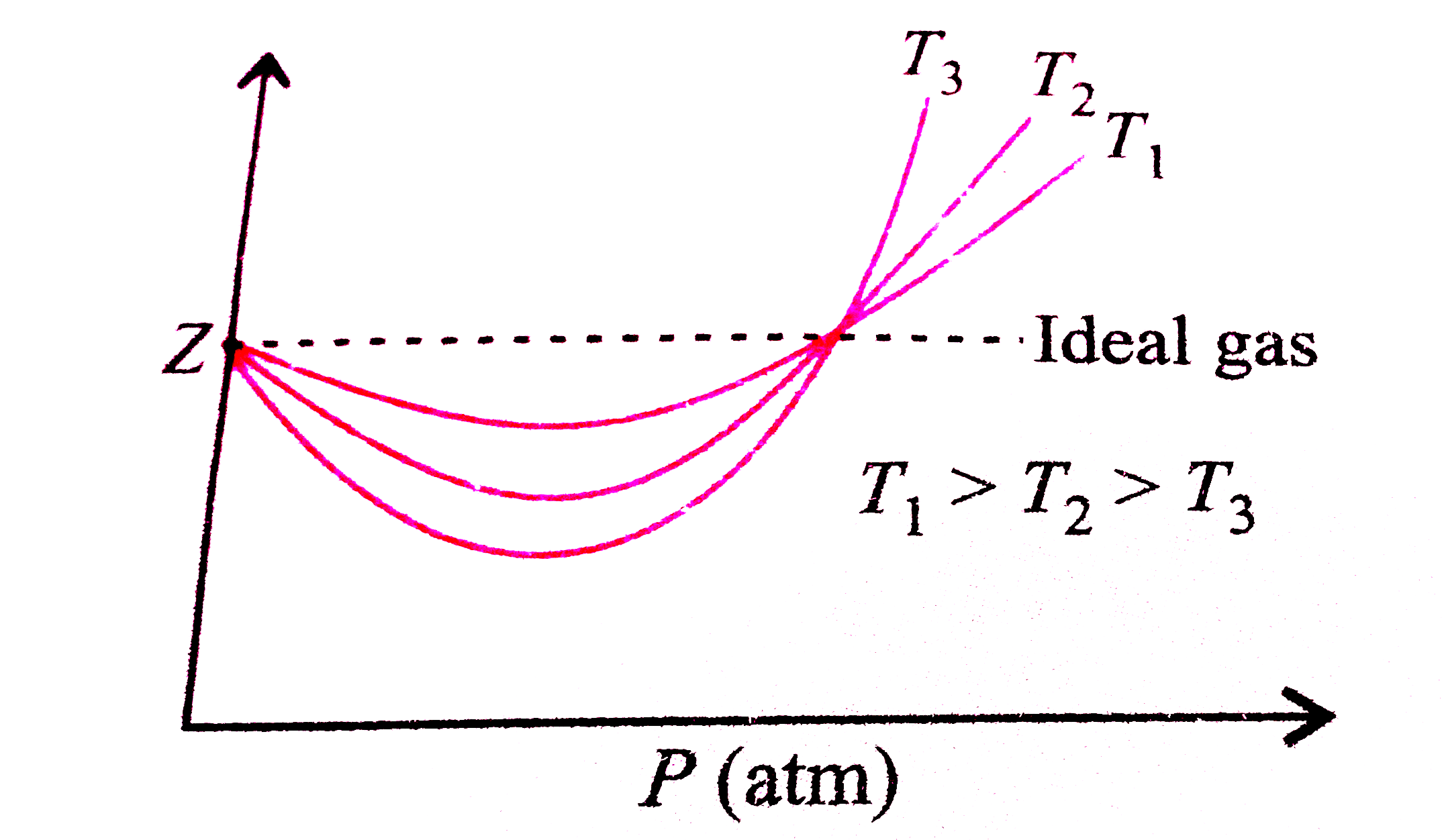How compressibility factor help in understanding the deviation of real gas from ideal behaviour?Solution in Bengali
Step by step video solution for How compressibility factor help in understanding the deviation of real gas from ideal behaviour? by Chemistry experts to help you in doubts & scoring excellent marks in Class 11 exams.
Updated on:21/07/2023Topper's Solved these Questions
Similar Questions
The equivalent weight of K2Cr2O7in acidic medium is expressed in terms.of its molecular weight M.as—
View SolutionAt 25∘C — the vapour density of gas is 50, what will be the vapour density of that gas at 50∘C.
View SolutionFor what reasons does a real gas deviate from ideal behaviour?
View SolutionWrite notes on the behaviour of real gases and their deviation from ideal behaviour.
View SolutionBehaviour Of Real Gases | Deviation From Ideal Gas Behaviour | Part 1
View SolutionBehaviour Of Real Gases | Deviation From Ideal Gas Behaviour | Part 2
View SolutionA real gas deviates most from ideal behaviour at
View SolutionA real gas deviates most from ideal behaviour at
View SolutionWhat is an ideal gas? Why do the real gases show deviations from ideal behaviour? Show these deviations graphically.
View SolutionBoyle's temperature or Boyle point is the temperature at which a real gas starts behaving like an ideal gas over a particular range of pressure. A graph is plotted between compressibility factor Z and pressure P.

What is the deviation of real gas from ideal behaviour in terms of compressibility factor , Z ?
View SolutionWhat are the causes of deviation of the real gases from ideal gas behaviour ?
View SolutionFor a real gas, deviations from ideal gas behaviour are maximum at :
View SolutionReal gases deviate from ideal behaviour .
b) When do real gases deviate from ideal behaviour?
View SolutionGive reasons for the deviation of real gases from the ideal gas behaviour.
View SolutionWhy does real gas deviate from ideal gas behaviour? Under what condition does a real gas behave ideally?
View Solution
